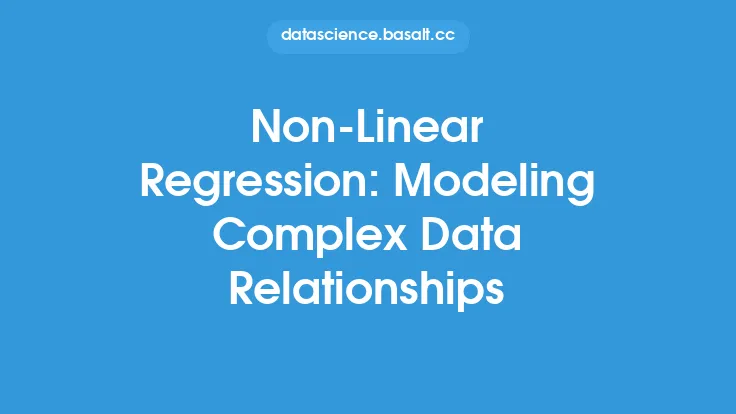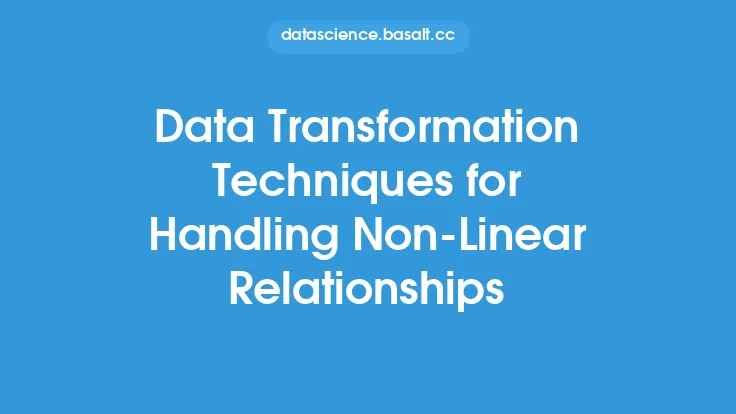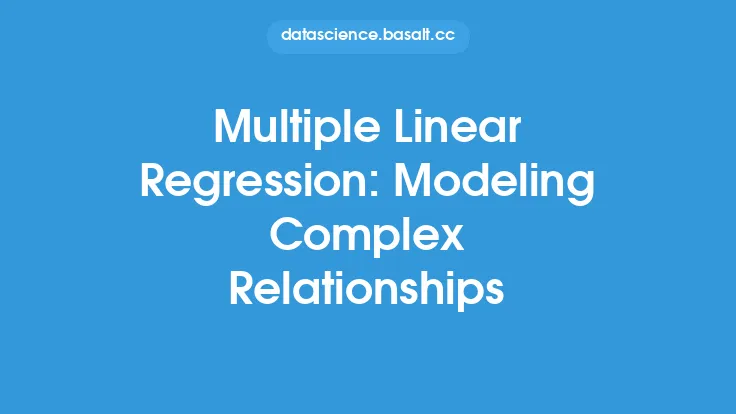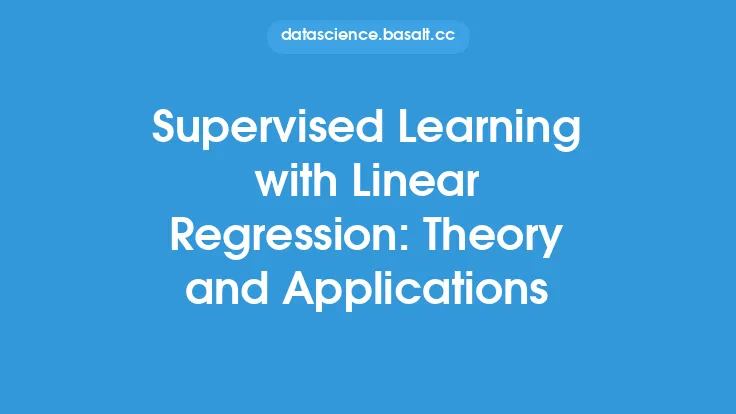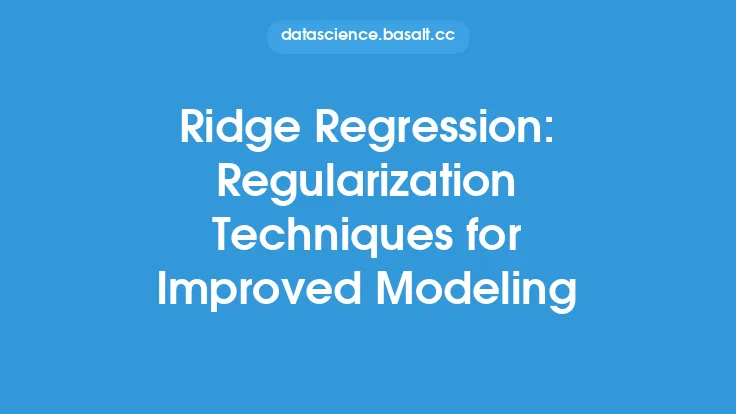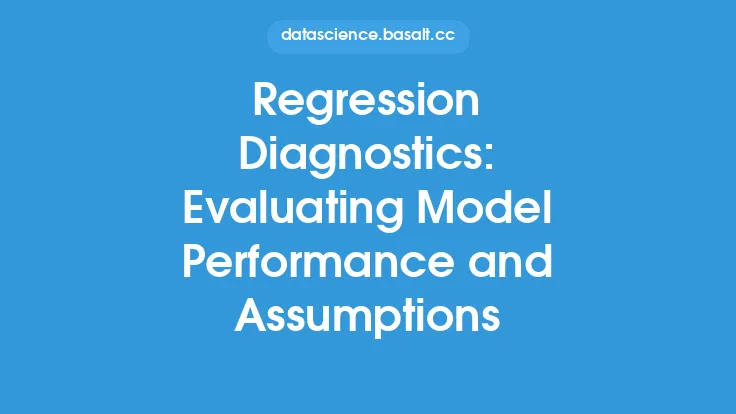In the realm of regression analysis, linear relationships are often the first to be explored, given their simplicity and ease of interpretation. However, real-world data frequently exhibits non-linear relationships, where the response variable does not change at a constant rate with respect to the predictor variable. This is where polynomial regression comes into play, offering a powerful tool for modeling complex, non-linear relationships between variables.
Introduction to Polynomial Regression
Polynomial regression is a form of regression analysis where the relationship between the independent variable x and the dependent variable y is modeled as an nth degree polynomial. Unlike simple linear regression, where the relationship is assumed to be linear (a straight line), polynomial regression allows for more flexibility by incorporating higher-order terms of the independent variable. The general form of a polynomial regression equation is y = β0 + β1x + β2x^2 + … + βnx^n, where β0, β1, β2, …, βn are coefficients that need to be estimated from the data, and n is the degree of the polynomial.
Advantages of Polynomial Regression
One of the primary advantages of polynomial regression is its ability to fit complex, non-linear data. By including higher-order terms, polynomial regression can capture relationships that are not possible with linear models, such as curves and bends in the data. This makes it particularly useful in fields like physics, engineering, and economics, where relationships between variables are often non-linear. Additionally, polynomial regression can be used to identify inflection points, where the direction of the relationship changes, providing valuable insights into the underlying mechanisms driving the data.
Estimating Polynomial Regression Models
Estimating the coefficients of a polynomial regression model involves minimizing the sum of the squared errors between the observed responses and the predicted responses, similar to linear regression. This can be achieved using ordinary least squares (OLS) method, which provides the best linear unbiased estimator (BLUE) for the coefficients under certain assumptions. However, as the degree of the polynomial increases, the risk of overfitting also increases, where the model becomes too complex and starts to fit the noise in the data rather than the underlying pattern. Techniques like cross-validation can be used to select the optimal degree of the polynomial that balances model complexity and goodness of fit.
Polynomial Regression in Practice
In practice, polynomial regression can be applied to a wide range of problems. For example, in the field of materials science, polynomial regression can be used to model the stress-strain relationship of materials, which is often non-linear. In economics, polynomial regression can be used to model the relationship between GDP and unemployment rate, which may exhibit non-linear behavior during times of economic recession or boom. In environmental science, polynomial regression can be used to model the relationship between temperature and crop yield, which may be non-linear due to factors like drought stress and heat tolerance.
Challenges and Limitations
Despite its advantages, polynomial regression also has several challenges and limitations. One of the main challenges is the risk of overfitting, which can occur when the degree of the polynomial is too high. This can result in a model that fits the training data well but performs poorly on new, unseen data. Another challenge is the interpretation of the coefficients, which can become increasingly difficult as the degree of the polynomial increases. Additionally, polynomial regression assumes that the relationship between the variables is continuous and smooth, which may not always be the case in real-world data.
Regularization Techniques
To address the issue of overfitting, regularization techniques can be used in conjunction with polynomial regression. Regularization involves adding a penalty term to the loss function to discourage large coefficients and prevent overfitting. Common regularization techniques used in polynomial regression include L1 regularization (Lasso regression) and L2 regularization (Ridge regression). These techniques can help to reduce the complexity of the model and improve its generalizability to new data.
Conclusion
Polynomial regression is a powerful tool for modeling non-linear relationships between variables. By incorporating higher-order terms, polynomial regression can capture complex patterns in the data that are not possible with linear models. However, it also requires careful consideration of the degree of the polynomial and the risk of overfitting. With the use of regularization techniques and careful model selection, polynomial regression can provide valuable insights into the underlying mechanisms driving the data, making it a valuable addition to the toolkit of any data analyst or researcher.
